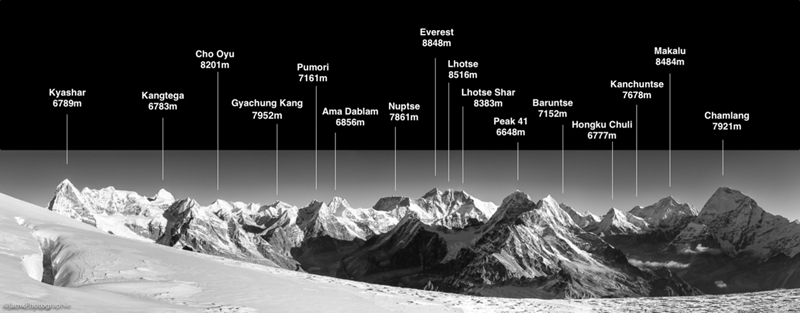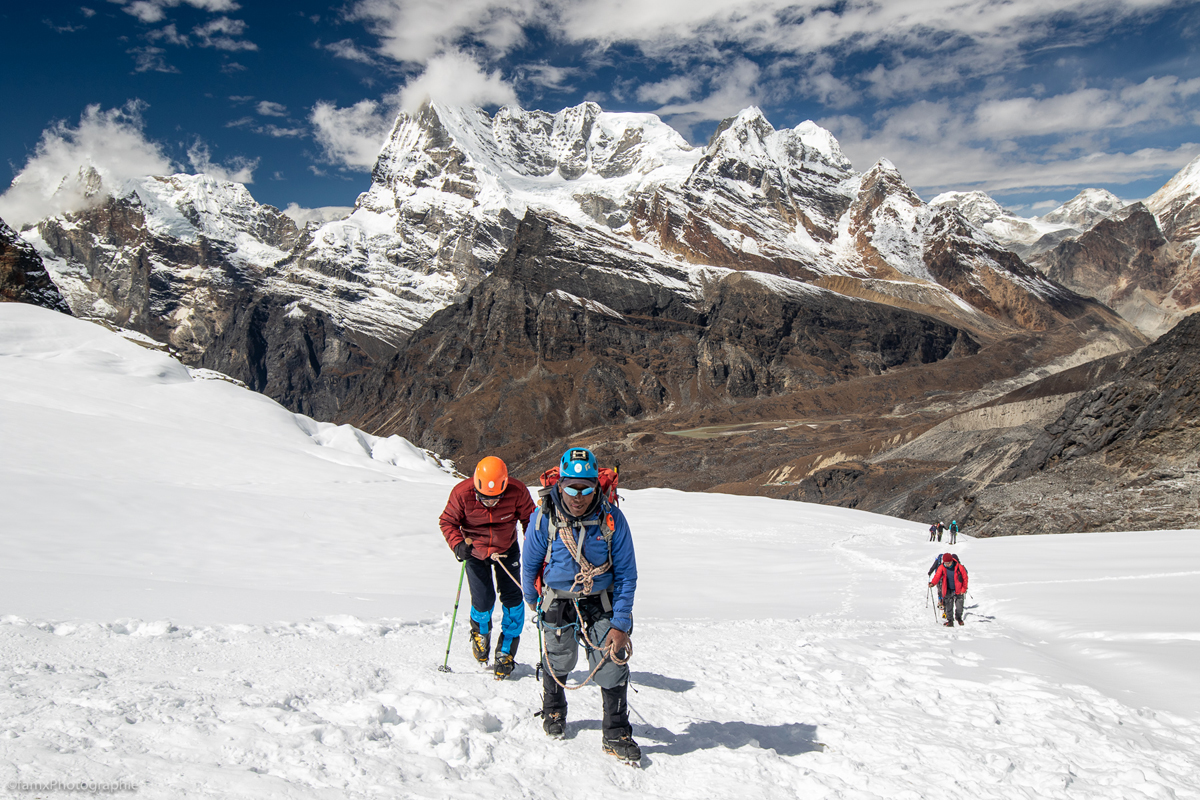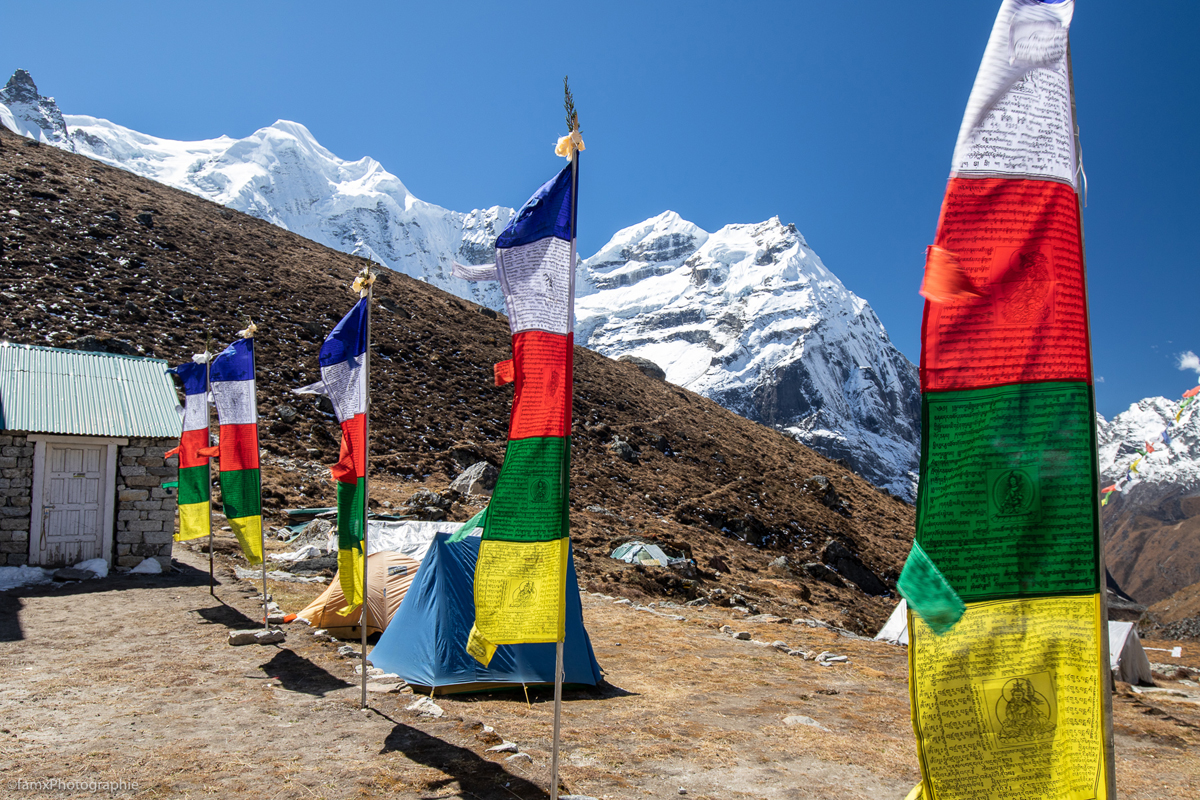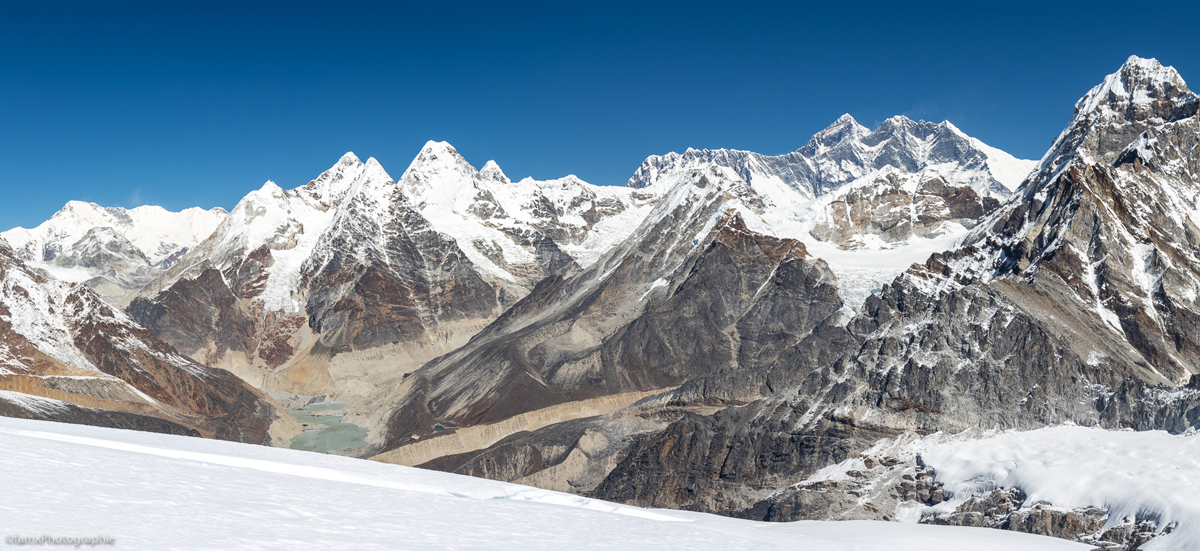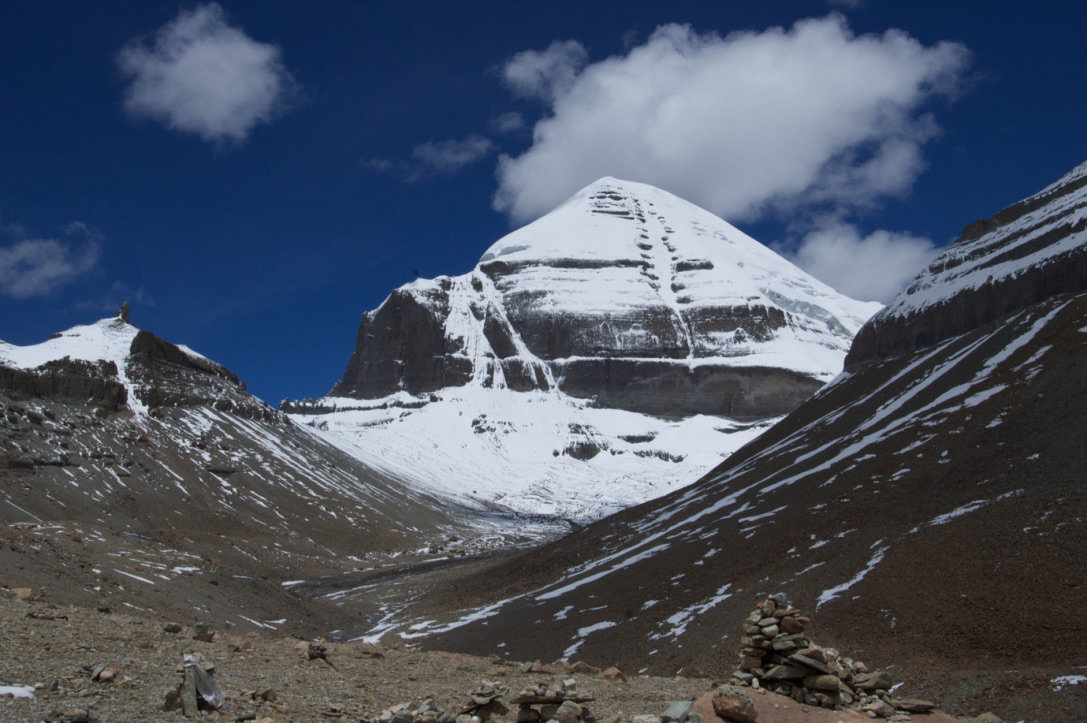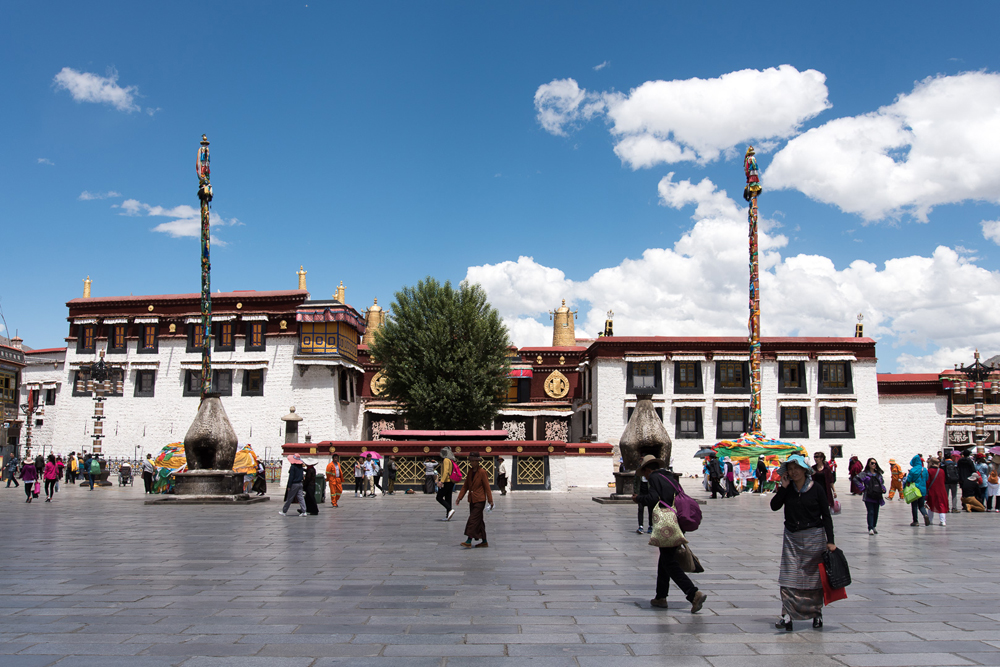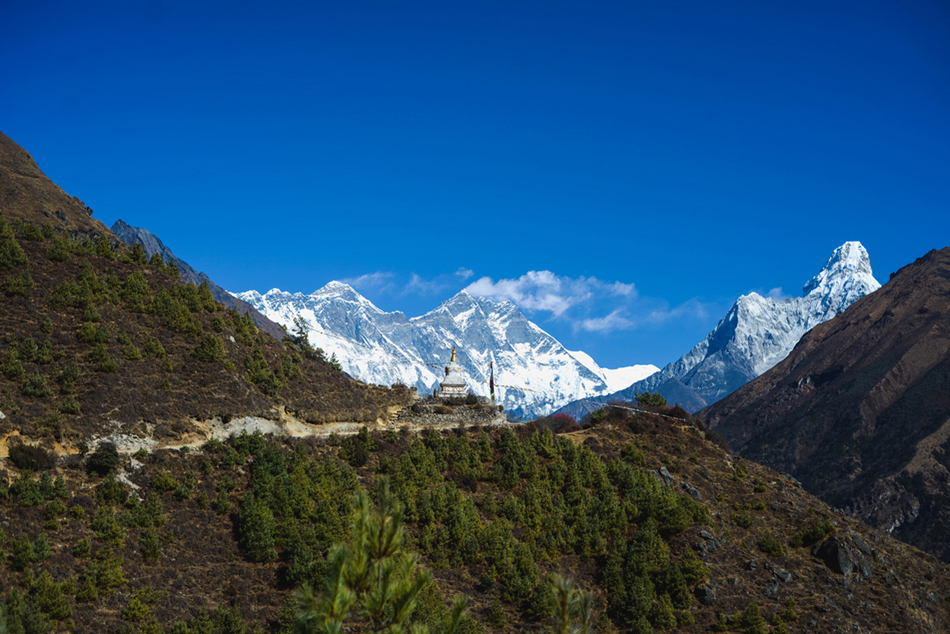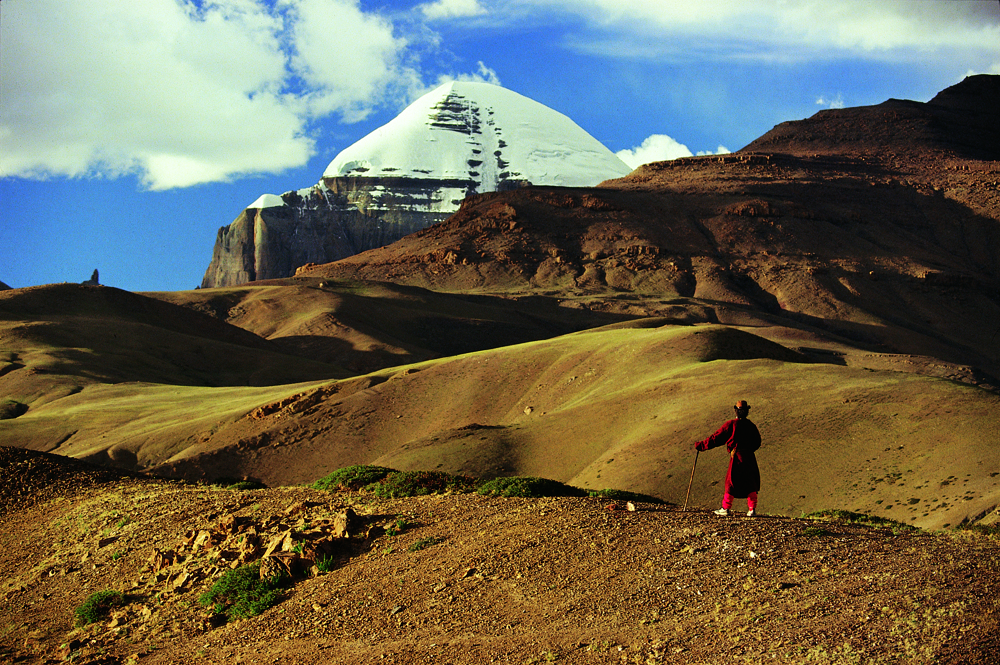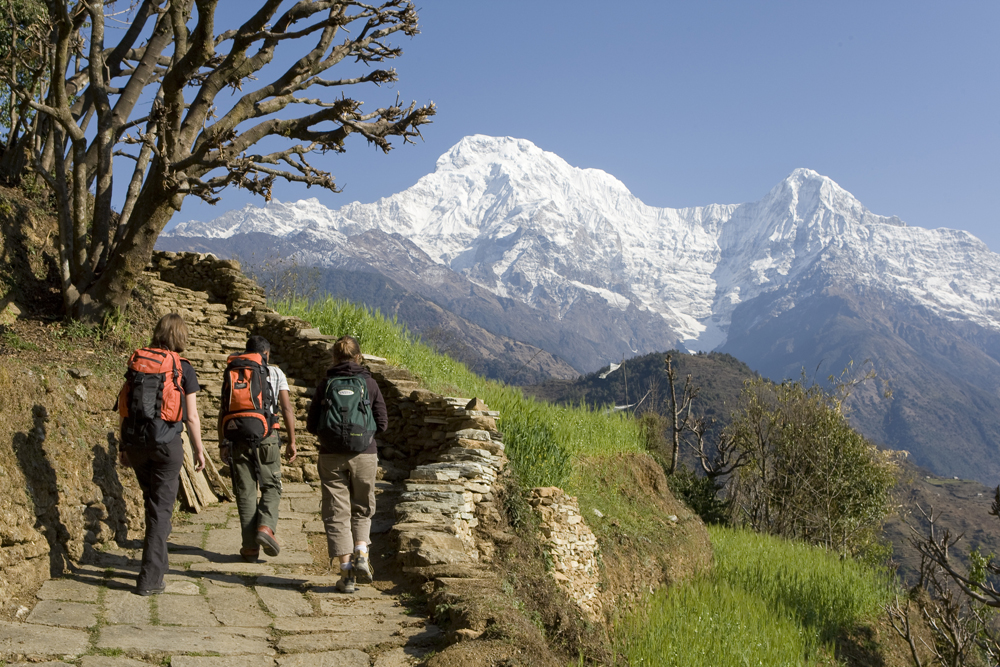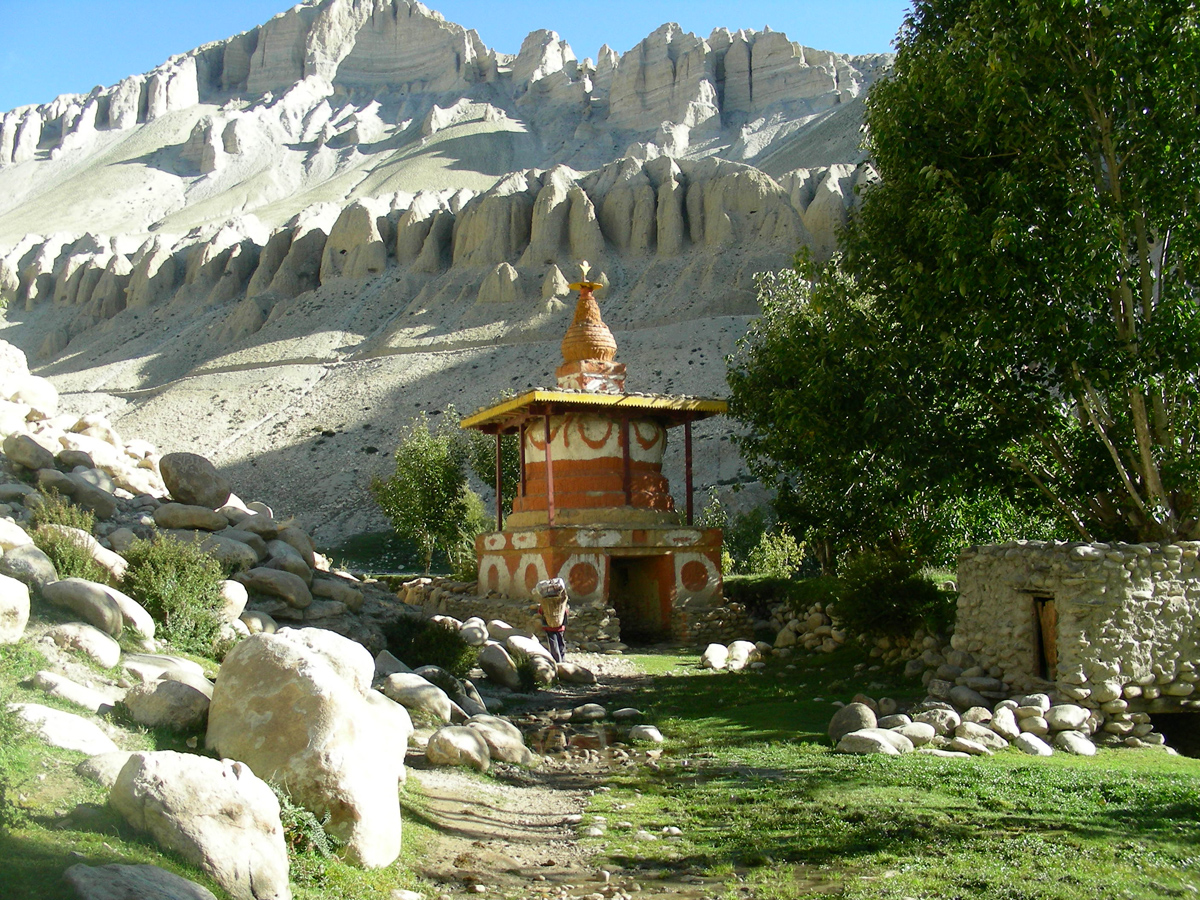MERA PEAK EXPEDITION 6643 M
MERA PEAK (6,634m) EXPEDITION
They may be called ‘trekking peaks’ but climbing them involves all mountaineering gear such as crampons, ice axes, and ropes. These are just lesser peaks in the Himalayan context but may rise to heights of over 6000m. Mera Peak (6,634m) is not difficult to climb.
MERA PEAK EXPEDITIONThis climb does not pose much difficulty when it comes to technical climbing and combines an extended trek in the remote Inukhu Valley.
The trek begins with a climb that leads up to the crossing of the Mera La Pass (5,415 m.) after which the real ascent of the peak (6,634 m) begins. The descent afterward is easy, coming down to the Inukhu Khola Valley. The last bit of difficulty is faced while crossing the Chatara Teng La Pass (4,600 m). Finally, we arrive back in civilization when we reach Chutang, just ahead of Lukla.
Although the climb is not very technical, climbers are required to be in excellent physical condition and must be equipped with all mountaineering gear: crampons, ice axes, and rope, etc.).
- A summit of nearly 6,500 m affordable for beginners in mountaineering.
- An approach by a wild valley with little frequented
- An impressive mountain flight to Lukla, Everest region
- The comfort of the lodges with the adventure of an expedition and one night in a tented camp.
Itinerary
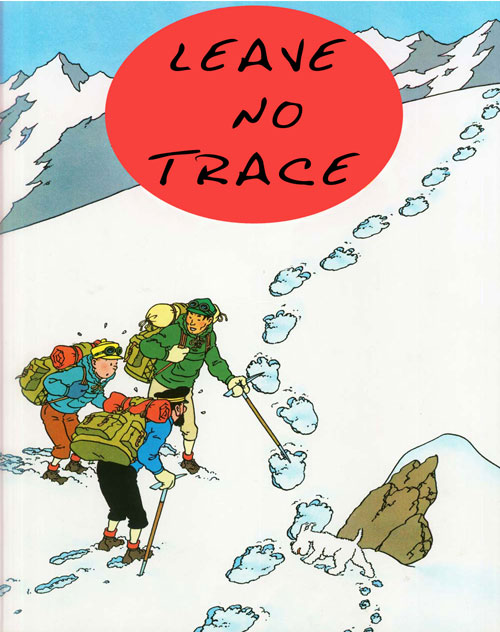
For your next trek with us in the Himalayas, travel light and aware: Base Camp offers you a biodegradable soap made in Nepal, to leave no trace ...
- Accommodation: Hotel Holy Himalaya on BB Plan.
- Accommodation: Holy Himalaya Hotel on BB Plan
- Meals on your own
Catch the early morning flight from Ramechhap to Lukla, enjoying a panoramic view of the eastern Himalayas; Langtang, Gauri Shanker, Numbur, Manglungtse, and finally Everest amongst other peaks. After this 45-minute flight, meet with the Sherpas awaiting your arrival at Lukla (2,700 m) with all the equipment.
The trek begins with a short descent to the Dudh Khosi Valley.
From the village of Chaunrikarka (2,621 m), the trail goes north through Sherpa villages where wheat, potatoes, corn and vegetables are grown. We cross the Dudh Kosi River via a wooden suspension bridge.
- Ascent + : 50 meters
- Ascent - : 250 meters
- Duration of hike: 3 hr
- Accommodation: Lodge
- Ascent: + 200 m.
- Descent: - 50 m.
- Accommodation: Lodge
- Ascent: + 500 m.
- Descent: - 600 m.
- Accommodation: Lodge
- Ascent: + 1100 m
- Descent: - 850 m
- Accommodation: Lodge
- Ascent: + 1100 m.
- Descent: - 600 m.
- Accommodation: Lodge
- Ascent: + 900 m.
- Descent: - 250 m.
- Accommodation: Lodge
- Accommodation: Same as previous day
- Ascent: + 850 m.
- Descent: - 260 m.
- Accommodation: Bivouac under tents
- Ascent: + 930 m.
- Descent: - 40 m.
- Accommodation: Bivouac under tents
- Accommodation: Bivouac under tents.
- Ascent: + 750 m.
- Descent: - 1700 m.
- Accommodation: Lodge
- Ascent: + 50 m.
- Descent: - 1300 m.
- Accommodation: Lodge
- Ascent: + 1100 m.
- Descent: - 500 m.
- Accommodation: Lodge
- Ascent: + 500 m.
- Descent: - 2000 m.
- Accommodation: Lodge
Transfer to the hotel and free time.
- Accommodation: Hotel Holy Himalaya on BB Plan.
- Accommodation: Same as previous day
Transfer to TIA (Kathmandu Airport) for your return flight.
End of our services.
NOTES
USEFUL INFORMATION:
Difficulty:
Alpine grade: little difficult - slope less than 40°
Snow race without great technical difficulty - requires knowledge and practice of roped walking, with crampons and ice ax
The best time for climbing is in October.
The second choice is in March – April, but there is always a risk of avalanches during the thaw.
Materials that you should have:
For trekking
- trekking shoes: high stems and waterproof. Choose quite rigid shoes with non-slip soles and crampons.
- light shoes (tennis) or sandals to put on during the stages in town, village or while camping at night.
- a pair of flip flops
- pairs of walking and mountain socks
- 2 trekking pants
- underwear. (Fine technical fibers such as Carline or Polartec fibers)
- 1 or 2 breathable Carline shirt and T-shirts
- 1 fleece jacket. It is warm, light and dries quickly)
- 1 mountain jacket (like Goretex or Micropore)
- A quilt jacket is a must
- Rain cape
- gloves or fingerless gloves
- hat
- Sunhat
- good sunglasses
Equipment:
- a sleeping bag (- 20° C): Warm, comfortable, fit to your size, sarcophagus-shape (closer to the body with a closing hood)
- sun cream (face and lips)
- headlamp, with spare batteries and bulbs
- light water bottle - 2 liters minimum and isothermal
- pocket knife, better if multipurpose
- toilet paper
- lighter
Climbing equipment to prove (or to rent in Kathmandu):
1. Ice ax
2. Crampons
3. Gaiter
4. Helmet (optional)
5. Harness with short rope
6. Carabiners (2 + 2)
7. Mountain shoes
Materials supplied by Base Camp:
- Tents
- Ropes
- Mattress
- Fixed ropes
- Ice picks
- Hammer
- Snow anchor
- All camping equipment and trekking kitchen
What's included
- English Speaking high mountain guide for the entire trek and 2
flights (English speaking for less than 3 participants, no extra charge)
- Sagarmatha park permit, Village Community Tax Khumbu
- Collective climbing equipment for the ascent
- Full board in lodge & bivouac according to the itinerary
- Camp porter, Sherpa: Carrying personal belongings (13kgs per participant) and
personal climbing equipment
- 4 nights at Holy Himalaya or similar in Kathmandu in BB
- Ascent bonus for mountain guide & sherpas (US$300 excluding tax/staff) and
Bonus Kongma La
- Insurance for the guide and sherpas ($250/trekking peak/staff)
- Domestic flight Kathmandu Lukla – Kathmandu or alternative by Ramechhap (360
US$ - airfare subject to variation without notice from airlines)
- Online payment without bank charges.
What's not included
- Meals in Kathmandu excluding breakfast
- Helicopter supplement in case of cancellation of the plane to Lukla (approximately 200 US$ extra)/person one-way
- Personal climbing equipment (see below)
- Cargo for baggage exceeding 15 kg per person on domestic flights (to be paid on site approximately $1/kg)
- Nepal visa, international flight, and PCR tests if required
- Mandatory repatriation insurance
- Tips, personal expenses, sleeping bag, etc.
Suppliments
> Royalty Autumn season: 125$
> Royalty spring season: 250$
> Flight Ramechap - Lukla - Ramechap : 432$
> Single room supplement 4 nights: 120$
